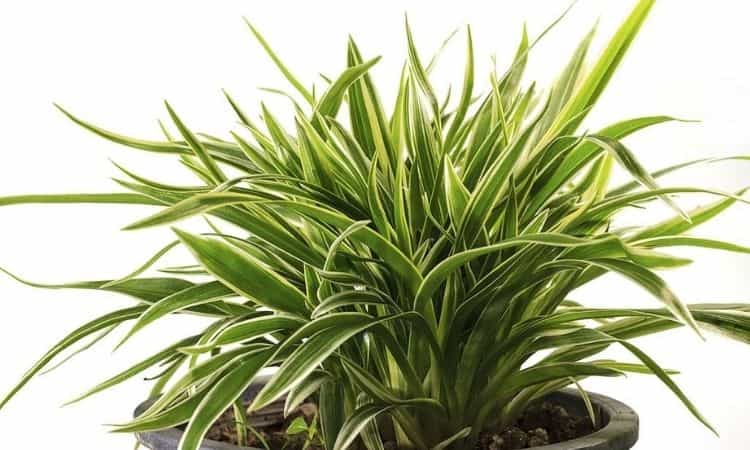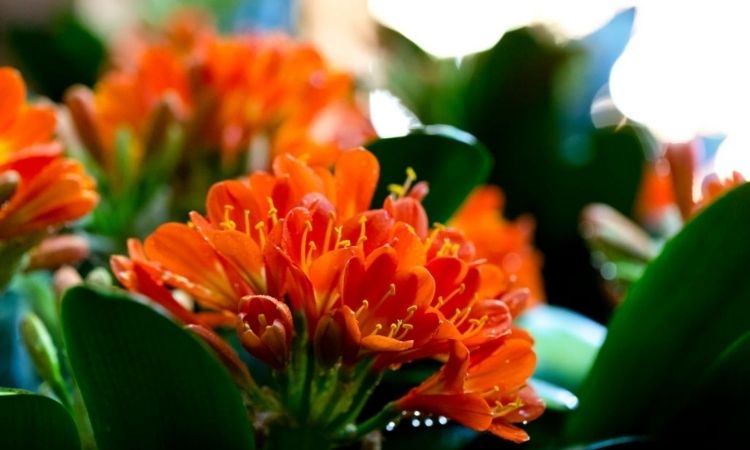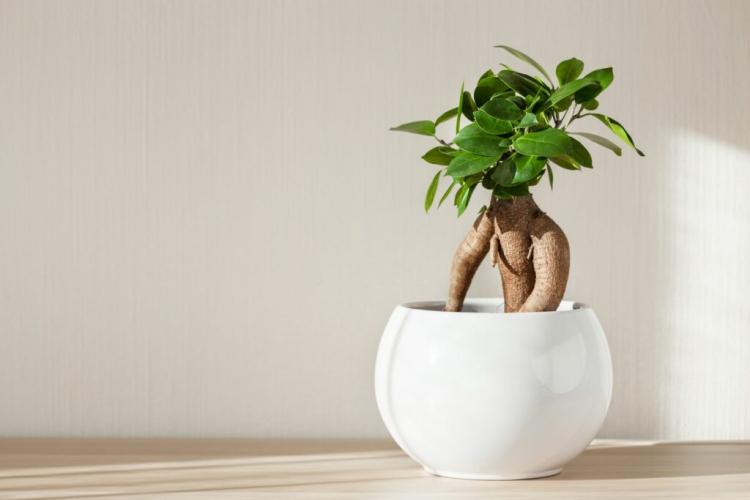Dragon Tree: Expert Tips About Care of The Dracaena Marginata
The dragon tree is a common indoor plant. Gardender has compiled all the important facts about the dragon tree for you.
Dragon tree: characteristics and origin
Table of Contents
The dragon tree (Dracaena Marginata) is a very popular indoor plant. It belongs, like the yucca palm, to the asparagus family (Asparagales), although this may be a little irritating at first glance. The origin of its name is in Greek and means something like “female dragon”. There are several theories on naming.
On the one hand, the dragon tree often forms more than one new shoot at the place where an old one was removed – like a mythical dragon that two heads grow back when one is cut off. On the other hand, the name could be derived from the fact that resin leaking from injured areas turns red when hardened and is traditionally called dragon blood.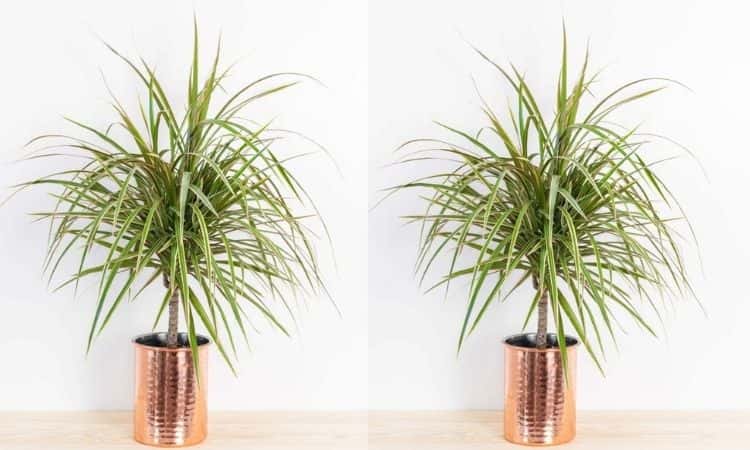
Wherever the name comes from, the dragon tree is an easy-care eye-catcher for every living room, which can be handled with little attention. Only in the rarest of cases does it blossom, because the conditions in our living rooms are suboptimal. However, the variegated foliage forms green, red, or white-colored leaf edges, depending on the species, and decorates the palms, which can grow up to two meters high. We will tell you how you can successfully grow this popular indoor plant yourself.
Dragon tree species
The dragon tree (Dracaena Marginata) can be found in over fifty different species. The genus belongs to the asparagus family (Asparagaceae) and is widespread. The appearance of the dragon tree varies in size, leaf shape, and color. We list the most popular and beautiful species for you and name special features.
Dracaena reflexa
It is probably the most popular species among the dragon trees. The appearance of Dracaena reflexa is synonymous with the genus of dragon trees with its long, pointed, usually two-colored leaves. Until some time ago the species was called Dracaena marginata. Nowadays Dracaena marginata is only a subspecies of Dracaena reflexa, whose subspecies differ in leaf color.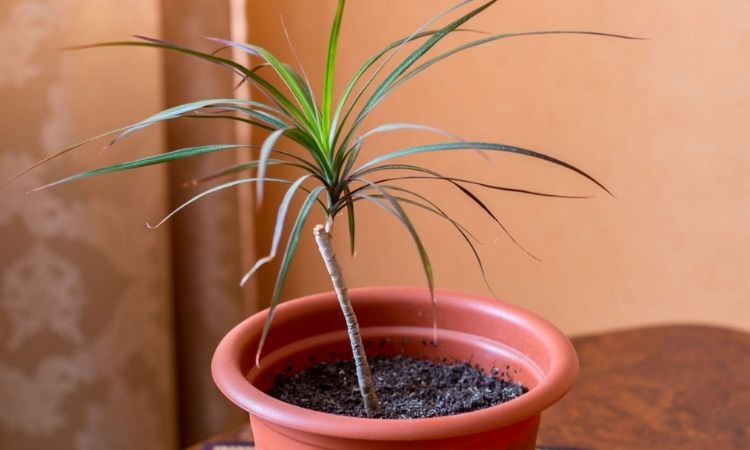
Dracaena deremensis
This species stands out due to its relatively broad leaves, which are usually edged with a bright edge. The slightly matt to glossy leaves tend to stand upright in the first leaf section, while they drop slightly towards the tip. Dracaena deremensis grows to a height of 80 to 100 cm.
Dracaena compacta
By the way: In the 70s NASA experimented with this dragon tree variety and proved that it cleans the air in the room effectively. However, the other species and varieties do the same, which is why they have been a permanent fixture in our living rooms for a long time.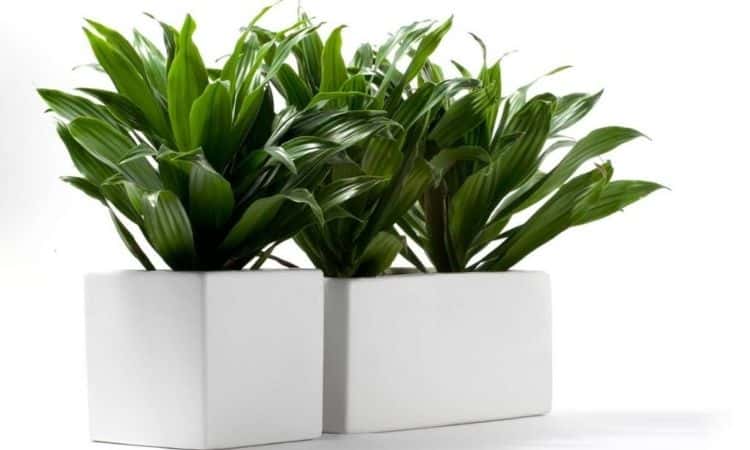
Dracaena fragans
The species Dracaena fragans is also a very popular dragon tree species and can be found in many living rooms. With the right care and the right temperatures, it even develops a strong-smelling flower – but this is rarely successful. The leaves are slightly bulbous, glossy, and often have green variegation.

Dragon tree: The perfect location
The perfect location for the dragon tree depends entirely on its species. Roughly speaking, the less green its leaves are, the more light the plants need. Although it is possible to slowly accustom dragon trees with more green leaves to increased light, it is safer to place your green dragon tree in a semi-shaded location. Colored species, on the other hand, can be exposed to higher levels of light.
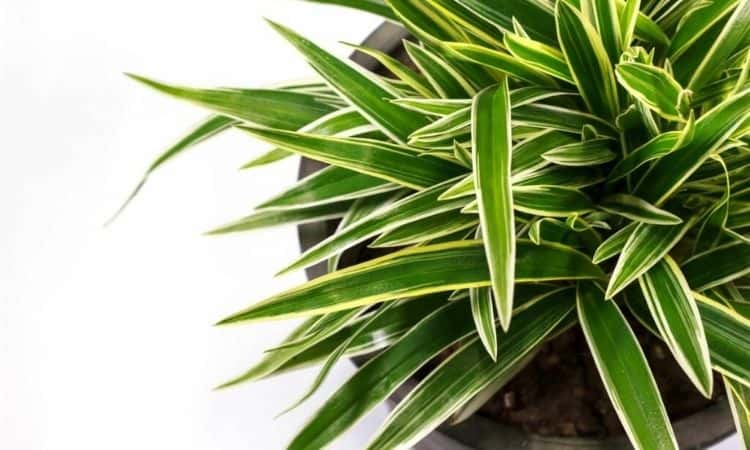
Propagating a dragon tree yourself
The reproduction of the dragon tree can be easily done by cuttings. We give you step-by-step instructions so that nothing can go wrong.
- Cut off the dragon tree 10 cm below the shoot tip, if possible.
- Seal the interface (usually with wax).
- Use sharp scissors to cut off leaves down to 1 cm to focus nutrient supply on roots and minimize transpiration through leaves.
- Place cuttings in a container with water or in an airy substrate for propagation.
- Within the next two to three weeks roots should develop at the end of the stem.
- The dragon tree is ready for planting in a pot.
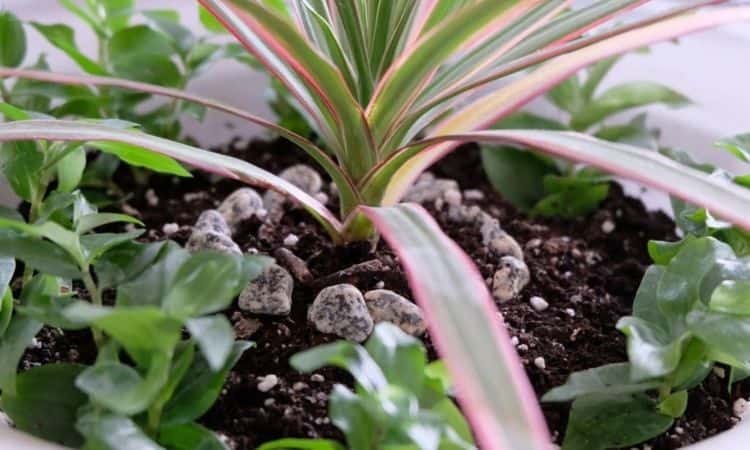
Proper care of the dragon tree
As mentioned in the beginning, the dragon tree only needs a small part of your attention. Already with little effort, you can achieve great results that will make the heart of every dragon tree owner beat faster. We tell you what is important.
The dragon tree likes to be watered regularly so that the soil remains moist throughout. However, you have to take care that there is no waterlogging in the coaster or planter to prevent mold and rot. In the darker winter months, evaporation is reduced; here you should also adjust the amount of water slightly.
Dragon tree in winter
The treatment of the dragon tree in winter is not very different from that of the summer, because as a house plant it is not subject to great fluctuations. During the shorter winter days, the growth of your dragon tree also slows down, so you should avoid fertilizing it. Watering must also be adapted to the reduced evaporation.
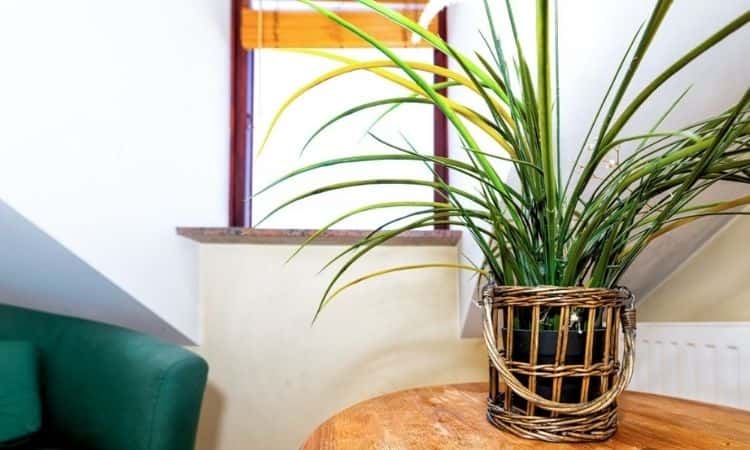
How to repot dracaena marginata
The dragon tree is often driven out in the root ball, whereby its planting substrate often has a high peat content. Due to the grain size spectrum, the planting substrate tends to sink together when watered regularly and to become dense. The permeability of the soil suffers greatly and the availability of oxygen is reduced.
However, the dragon tree is an oxygen-loving plant, which is why the lack of oxygen can be a serious problem. Repotting is also associated with a loosening or renewal of the substrate, which can help your dragon tree to a new vitality. Therefore, when renewing the planting substrate, use a substrate with a balanced grain size spectrum, for example with a higher percentage of perlite.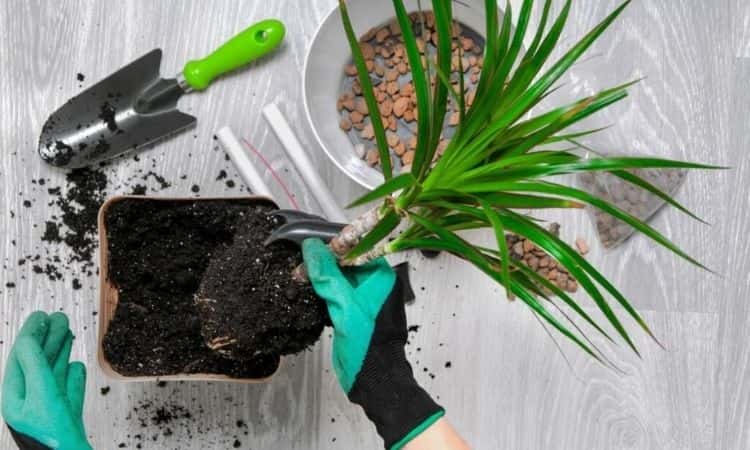
When is the right time?
The dragon tree shows its strongest growth in spring. Although in our latitudes it can only grow indoors, it is still influenced by the increased radiation intensity. The right time for regular repotting is before the increased growth in spring. If pests, root rot or the like occur in the meantime, it is of course advisable to repot the dragon tree at any time.
Instructions for repotting the dragon tree
Repotting your dracaena is not absolutely necessary, but it can give your dragon tree new vitality. If you do not repot your Dracaena for too long, it can lead to reduced growth and withered leaves. The regular best time for repotting your dragon tree is always before the phase of greatest growth in spring. After repotting, the roots can then develop in the fresh and permeable substrate and fully fill the new habitat.
Choosing a suitable substrate for repotting
The substrates in which the dragon tree is usually sold are often characterized by high peat content. Peat tends to sink and thus become denser due to its high content of organic material when watered regularly. By mixing in volcanic rock granules or similar draining substrates during repotting, the permeability can be increased and a better supply of oxygen can be ensured.
Preparing the dragon tree for repotting
You can make it much easier for your dragon tree to get started in the new tub if you water the root ball vigorously again after removing the plant from the previous tub. You can also put the root ball in a dipping bath for a short time to ensure that the soil is completely saturated. By water, you protect your dragon tree from being drained of water by the new, possibly drier substrate.
Repot the dragon tree in a larger pot
It is important to meet the growth requirements of the dragon tree. When choosing a new container, make sure that its diameter exceeds the old one by at least 2 to 3 centimeters. To ensure rapid growth in the new substrate, it is important to water the newly potted dragon tree sufficiently. The initially relatively dry substrate must be completely soaked so that the old root ball is not directly deprived of moisture.
Care for the dragon tree after repotting
After repotting, the dragon tree requires little attention in terms of care. Once your darling has arrived in its new home and has established itself in the new planter, continue with the care as usual. During spring and early summer, we recommend regular fertilization.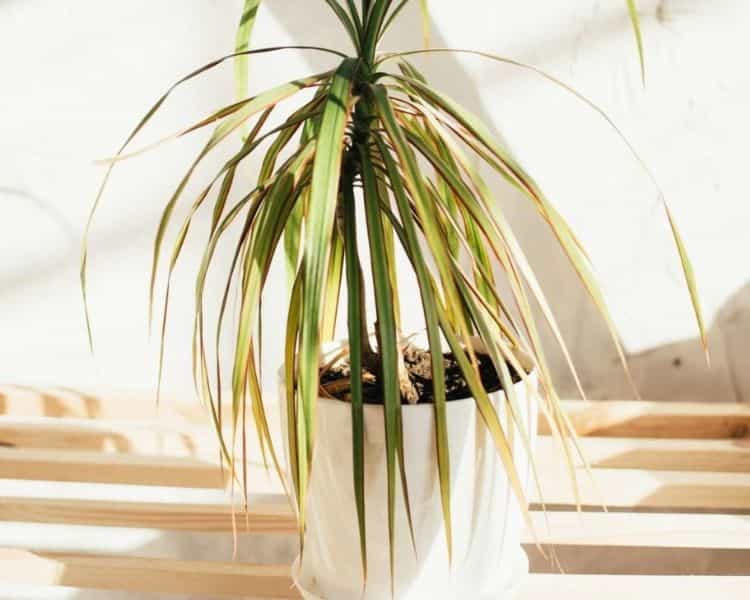
Find a suitable location for the dragon tree
The optimal lighting conditions for the dragon tree depend entirely on the color of its leaves. If your Dracaena has rather bright leaves with increased green parts, you should choose a half-shaded location to avoid radiation damage. If your dragon tree has a tendency to redden, the leaves contain more anthocyanins which protect against radiation damage.
Here again the most important things for repotting the dragon tree:
- Water the dragon tree thoroughly before repotting
- The circumference of the new vessel should be at least 2 – 3 cm larger than the old one
- Mixing in volcanic rock granules increases permeability and ensures better air supply
- After repotting, water the dragon tree sufficiently
- Then continue with normal care measures
Our tip: If you want to do without regular repotting, you can consider growing a dragon tree in hydroponics. In this case, the dragon tree is cultivated in a substrate of permeable volcanic rock to give it stability. The nutrient supply is carried out solely through the water enriched with nutrients. The advantage is that repotting is required much less frequently than when cultivating in a standard substrate.
Besides repotting, there are other care measures that should be carried out regularly on the dragon tree.
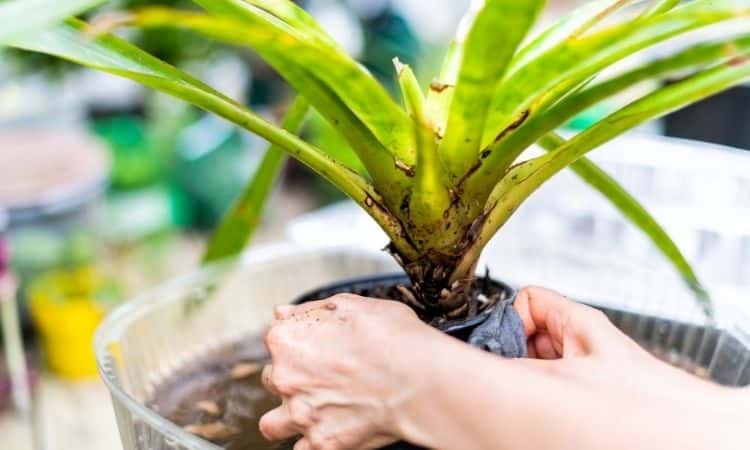
Which substrate is suitable for repotting the dragon tree?
The dragon tree prefers slightly acidic soils, which is why you can create a good environment with standard potting soil. The pH value of the substrate should be slightly above 6. You can either read about this on the packaging of the planting substrate, or you can check yourself with a pH test strip in which pH range the potting soil is located.
Cut dragon tree: Expert instruction in 4 steps
In principle, a dragon tree (Dracaena) can do without a regular cut. If you do not like the branching anymore, if there are more dry or wilted leaves hanging down or if your darling simply grows over your head, you can cut it back without any problems. We explain what you have to consider when cutting the dragon tree.
When to cut?
The best time for cutting the dragon tree is at the beginning of spring. Your dragon tree is then just before the phase of greatest growth and has enough strength to sprout again quickly after the cutting. In this way, the biomass lost through pruning can be quickly compensated for. Basically, a cut can also be made at any other time of the year if circumstances require it – but then it can take considerably longer with the new, branching shoots.
Another purpose that can be achieved by cutting the dragon tree is to propagate it by means of cuttings. The dragon tree cuttings can be obtained by several methods. On the one hand, you can cut cuttings directly from the trunk of the Dracaena, on the other hand, you can also take so-called crown cuttings from the shoots.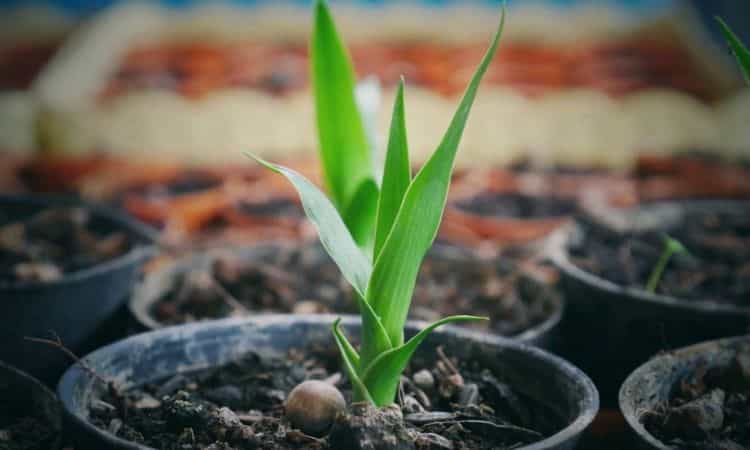
To the procedure: Cut 15 to 20 cm long pieces from the trunk of your dragon tree, or separate the crown shoots completely from the plant and cut them off on both sides to create a straight end.
The freshly cut cuttings are placed one third each in a pot with a permeable substrate, which is explicitly suitable for cuttings propagation.
It is essential to consider the original growth direction of the shoot – what was once on top must also be on top in the cuttings. This is the only way to ensure that new shoots will grow in the right direction. Immediately after the cuttings have been plugged in, thoroughly and thoroughly moisten the plant substrate to ensure a good water supply.
After you have placed the cuttings in the well-dampened soil, cover the pot with a perforated foil and place it in a warm, sunny place. The higher temperatures under the foil will accelerate rooting. After three to four weeks, your dragon tree cuttings should be rooted sufficiently to be ready for repotting in a larger container.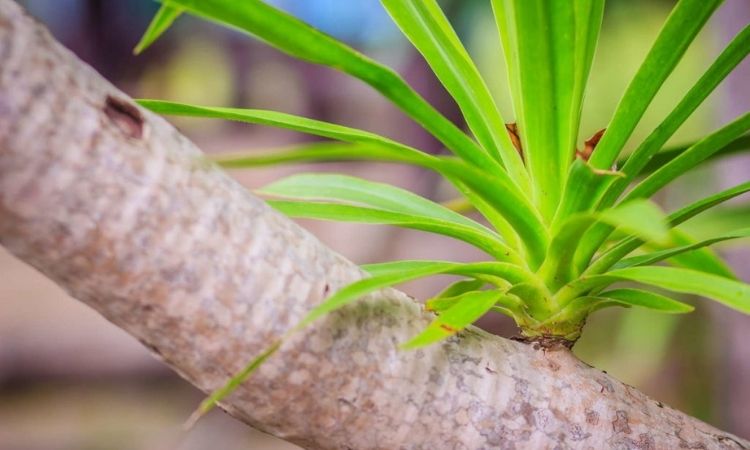
How To Cut the dragon tree: Instruction in 4 steps
A dragon tree is extremely robust and very willing to sprout again after cutting. Therefore, the dragon tree can be cut off at almost any point without endangering the survival of the plant. We give a step by step guide to the correct procedure.
- Choose a place where you want to cut your dragon tree. As mentioned before, you can prune your dracaena at almost any point of the tree. The more shoots remain after pruning, the stronger the branching will be and the more new shoots will develop.
- Use a sharp knife or fine saw to achieve a smooth cut surface.
Caution: Do not use blunt rose scissors or similar. The dragon tree must not be squashed. - Seal the cut with wax to avoid unnecessary evaporation and to create a barrier for pathogens.
- Finally, place your dragon tree in a warm, sunny place to support growth so that the cut-off biomass can be quickly compensated.
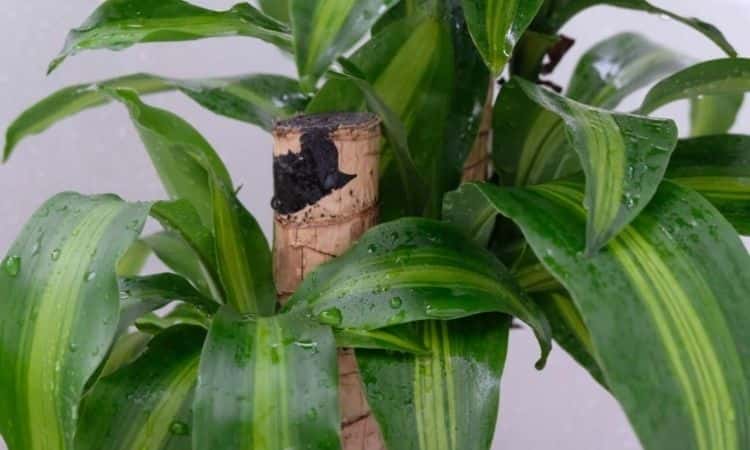
Care for the dragon tree: Tips from the experts
The dragon tree (Dracaena) is a very frugal houseplant, which is satisfied even with little attention. However, there are things you need to pay attention to in order to keep your dragon tree feeling good. We tell you which care measures you should not forget under any circumstances and give you valuable tips.
The care of the dragon tree is essentially limited to watering, fertilizing, cutting, and repotting. When is the right time for these steps and what you should bear in mind when carrying them out is explained in the following section?
Watering: How often and how much?
The dragon tree needs a constant supply of moisture. Due to its original origin in tropical and subtropical regions, it is accustomed to relatively constant conditions throughout the year, which is also reflected in its water requirements. However, the roots of the dragon tree are very sensitive to waterlogging. In order to avoid this, do a finger test before watering and feel how much moisture is still present in the soil.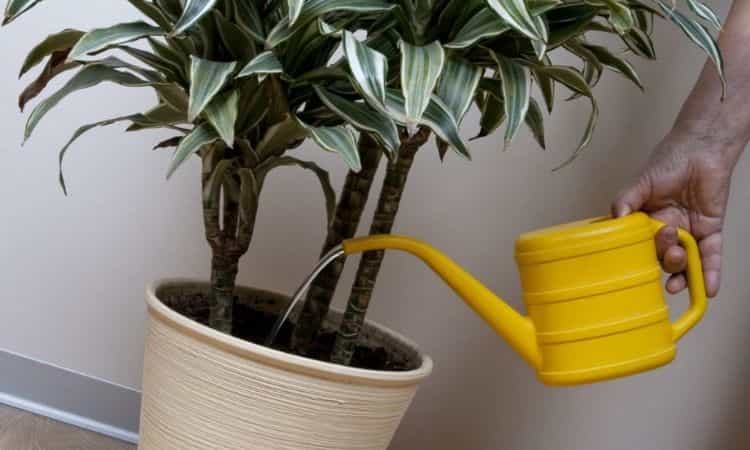
Fertilize dragon tree
The dragon tree only needs regular fertilization in the phase of greatest growth (March to August). The best way to do this is to use an organic fertilizer that supplies nutrients over a long period of time. Furthermore, organic fertilizers have a very positive effect on the structural condition of the plant substrate, which contributes to good permeability, water supply, and the avoidance of stagnant moisture.
Due to its fine grain structure, it can be easily applied to the surface of the planting soil without being worked in. By gently watering it, you can ensure that the nutrients are dissolved more quickly and reach the roots. However, the application of organic fertilizers is only applicable in normal culture, in hydroponics you still have to use liquid fertilizers.
You can learn more by fertilizing the Dragon Tree, reading this article
